Official code implementation for ‘Graph Low-Rank Adapters of High Regularity for Graph Neural Networks and Graph Transformers’ — PanPapag/GConv-Adapter
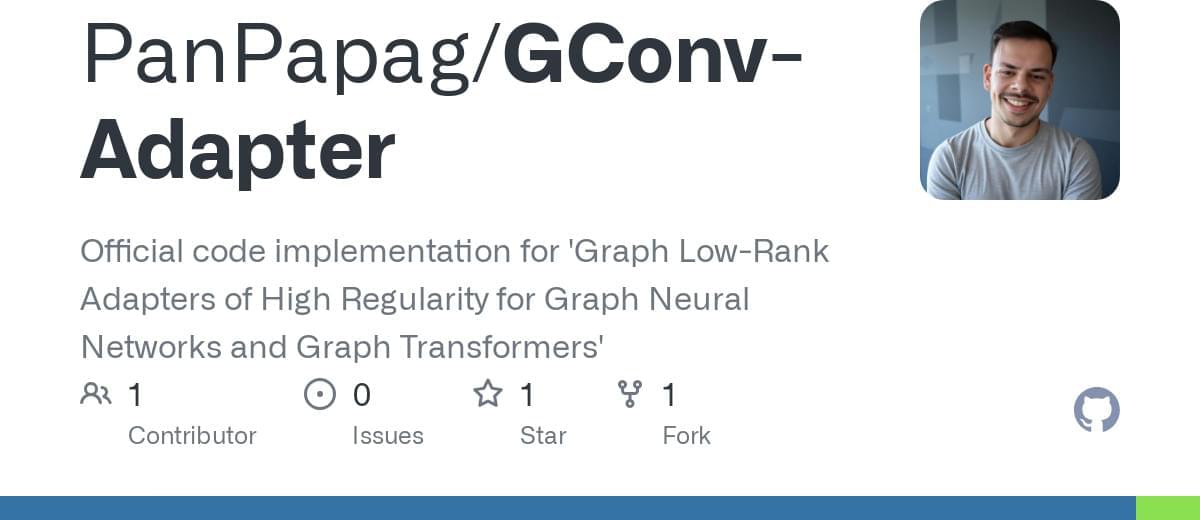


A variety of genetic conditions are known to affect brain development and, consequently, might potentially exhibit behaviours related to SIDs, as they impact areas involved in sensory processing and the perceptual integration of inputs. This is the case of Williams syndrome (WS), 22q11.2 deletion syndrome (22qDS) and pseudohypoparathyroidism (PHP). Although some previous research indicates sensory processing alterations in WS [20], this area remains largely unexplored in 22qDS and PHP.
The condition 22qDS, caused by a deletion in the q11.2 region of chromosome 22, is associated with significant brain abnormalities, along with cardiac anomalies, cleft palate, immune deficiencies, cognitive difficulties, and an increased risk of psychiatric disorders such as schizophrenia [21]. Common structural alterations include hypoplasia of the corpus callosum, which impacts interhemispheric communication, and anomalies in the thalamus, affecting the relay of sensory and motor information. Additionally, structural changes in the cortical brain regions, such as variations in cortical thickness, have been observed. These structural abnormalities are linked to disruptions in neural networks and can contribute to deficits in cognitive and emotional functions, impacting development and behaviour in individuals with the syndrome [22].
WS is caused by a microdeletion in the chromosomal region 7q11.23. It is characterised by a distinctive cognitive and behavioural profile, including strong social and verbal skills, accompanied by anxiety and attention problems. Additionally, individuals with WS may present with cardiovascular anomalies, hypercalcemia in infancy, and a distinctive facial phenotype [23]. MRI studies reveal reduced brain size and a more pronounced loss of white matter compared to grey matter in WS. The posterior brain regions are notably more affected, with reduced grey matter density observed in the superior parietal lobe and hypofunction near the intraparietal sulcus, areas associated with multisensory integration and perception [24].
In a jaw-dropping announcement that has sent shockwaves through the automotive and tech industries, Elon Musk has revealed that Tesla’s next-generation vehicles will feature an innovative new capability: the ability to chat with drivers. This game-changing feature will allow Tesla cars to interact with their owners through natural language, responding to commands, engaging in conversation, and even providing real-time assistance to drivers on the road. Musk’s revelation marks another leap forward in Tesla’s mission to redefine the future of transportation and push the boundaries of what cars can do.
The announcement comes on the heels of Tesla’s ongoing efforts to integrate artificial intelligence (AI) and advanced technology into its vehicles, further blurring the lines between traditional cars and cutting-edge, self-driving machines. With this new feature, Tesla is set to revolutionize the driving experience by introducing a level of interactivity and intelligence that has never been seen in a vehicle before. 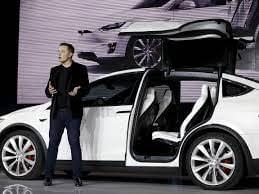
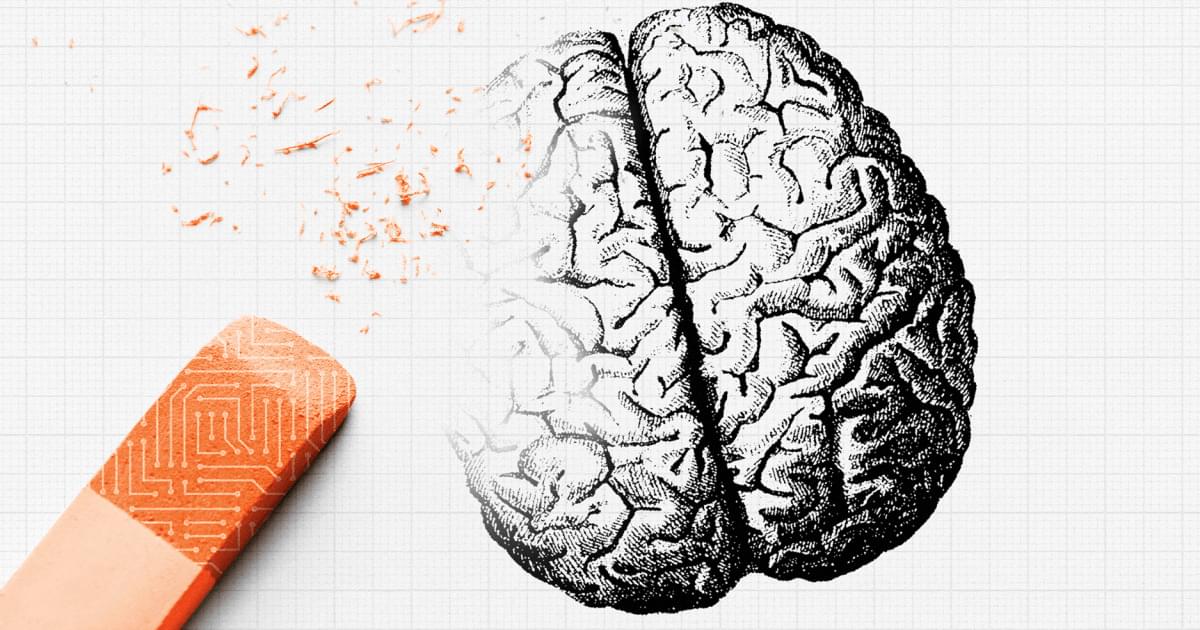

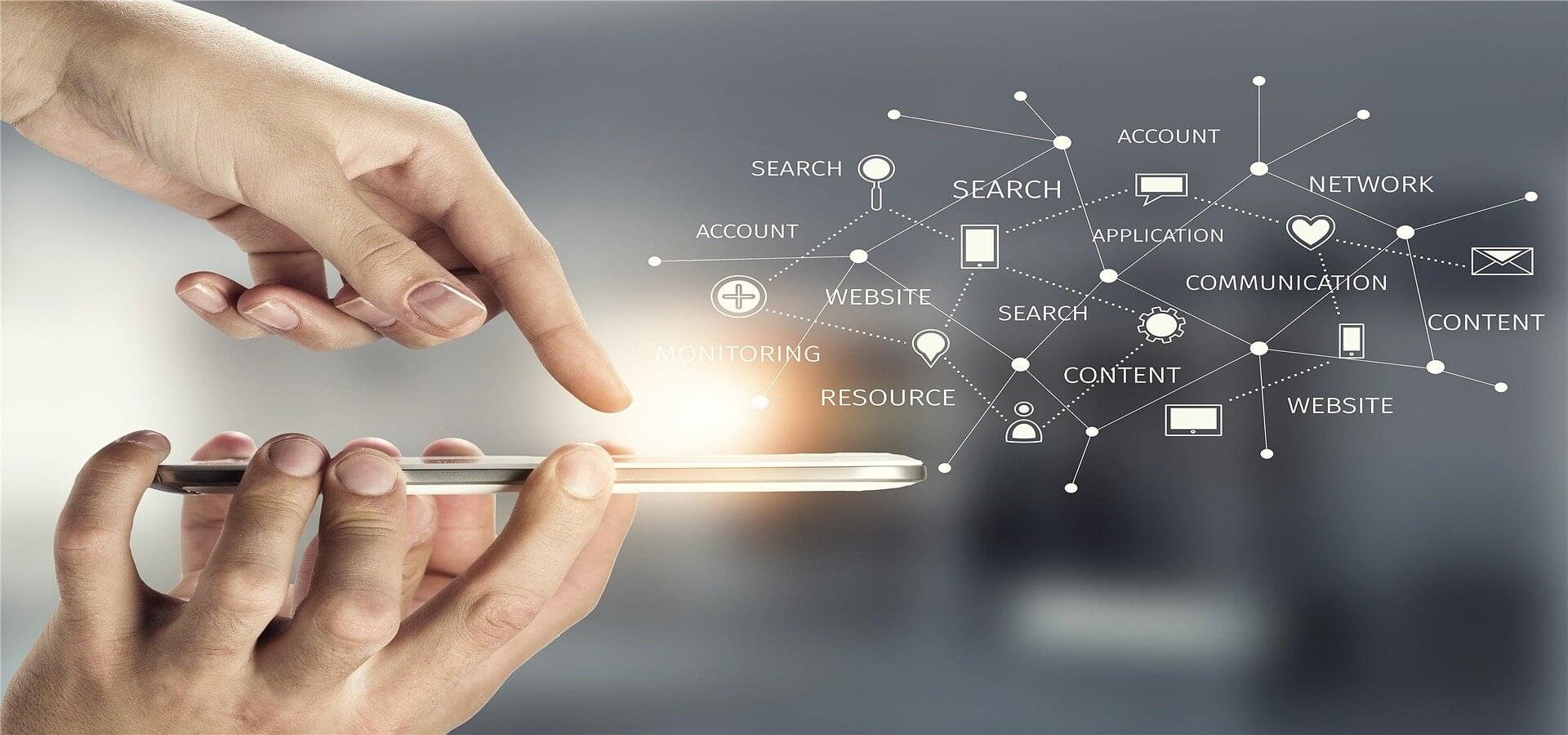
In February 2024, Reddit struck a $60 million deal with Google to let the search giant use data on the platform to train its artificial intelligence models. Notably absent from the discussions were Reddit users, whose data were being sold.
The deal reflected the reality of the modern internet: Big tech companies own virtually all our online data and get to decide what to do with that data. Unsurprisingly, many platforms monetize their data, and the fastest-growing way to accomplish that today is to sell it to AI companies, who are themselves massive tech companies using the data to train ever more powerful models.
The decentralized platform Vana, which started as a class project at MIT, is on a mission to give power back to the users. The company has created a fully user-owned network that allows individuals to upload their data and govern how they are used. AI developers can pitch users on ideas for new models, and if the users agree to contribute their data for training, they get proportional ownership in the models.
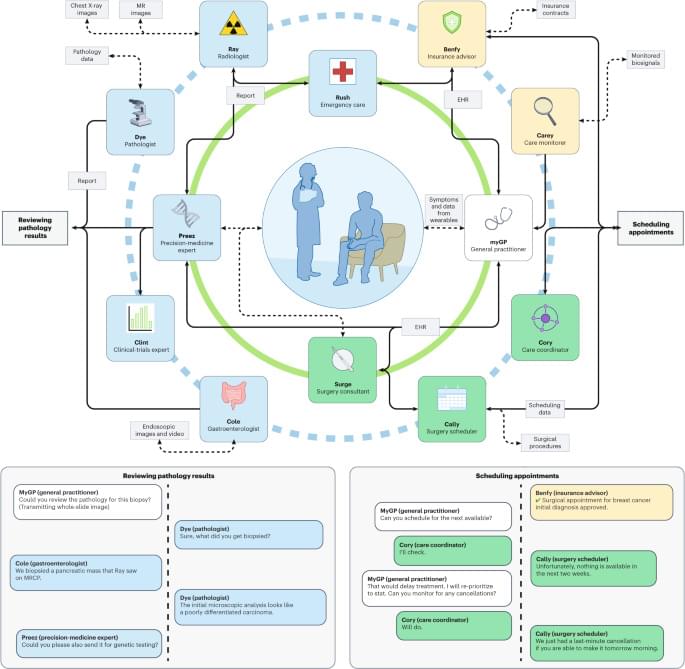
Decentralized yet coordinated networks of specialized artificial intelligence agents, multi-agent systems for healthcare (MASH), that excel in performing tasks in an assistive or autonomous manner within specific clinical and operational domains are likely to become the next paradigm in medical artificial intelligence.

Join aerospace engineer Mike DiVerde as he explores the fascinating world of robotic spacecraft through NASA’s remarkable Chandra X-Ray Observatory. Discover…

A trio of AI researchers at Google’s Google DeepMind, working with a colleague from the University of Toronto, report that the AI algorithm Dreamer can learn to self-improve by mastering Minecraft in a short amount of time. In their study published in the journal Nature, Danijar Hafner, Jurgis Pasukonis, Timothy Lillicrap and Jimmy Ba programmed the AI app to play Minecraft without being trained and to achieve an expert level in just nine days.
Over the past several years, computer scientists have learned a lot about how deep learning can be used to train AI applications to conduct seemingly intelligent activities such as answering questions. Researchers have also found that AI apps can be trained to play games and perform better than humans. That research has extended into video game playing, which may seem to be redundant, because what could you get from a computer playing another computer?
In this new study, the researchers found that it can produce advances such as helping an AI app learn to improve its abilities over a short period of time, which could give robots the tools they need to perform well in the real world.